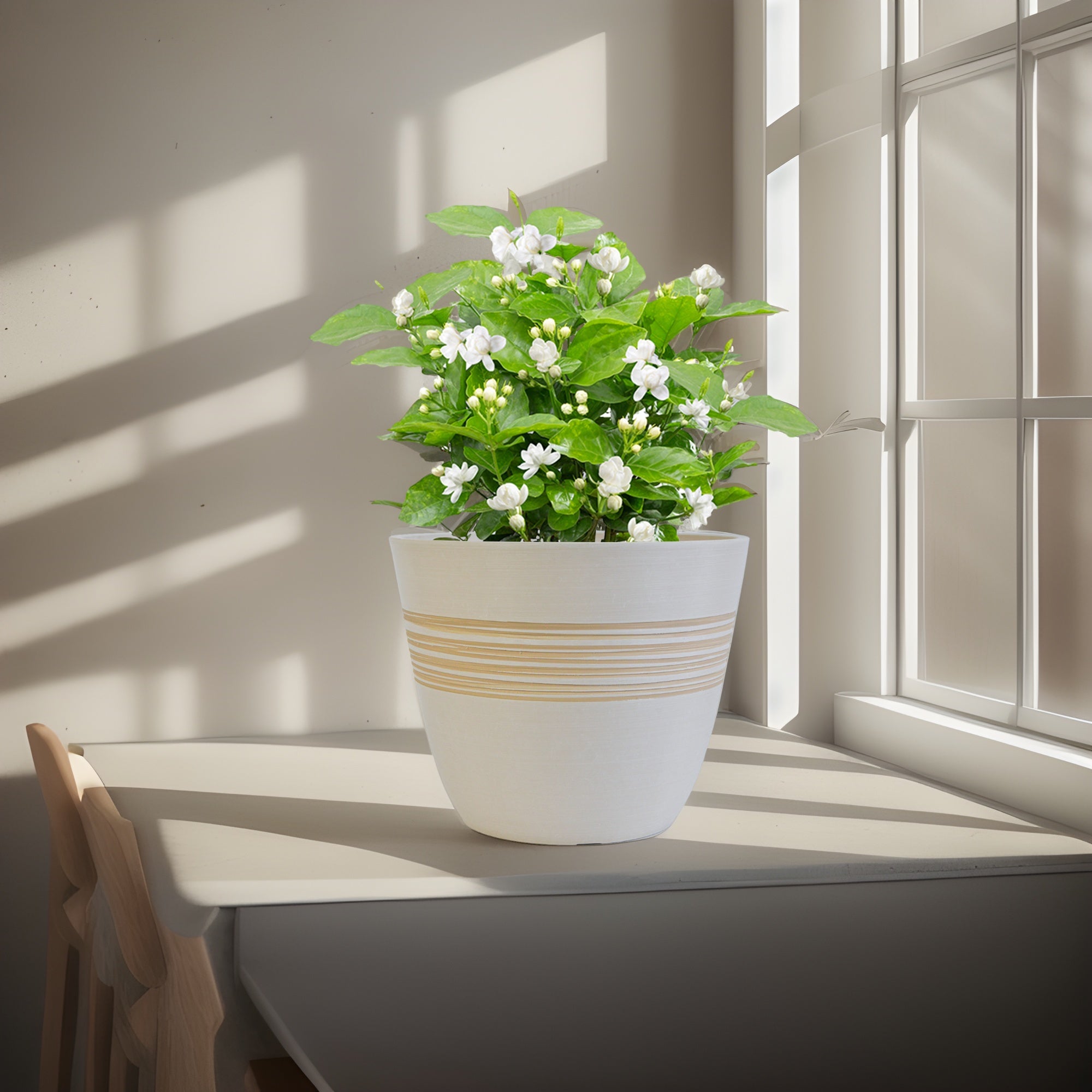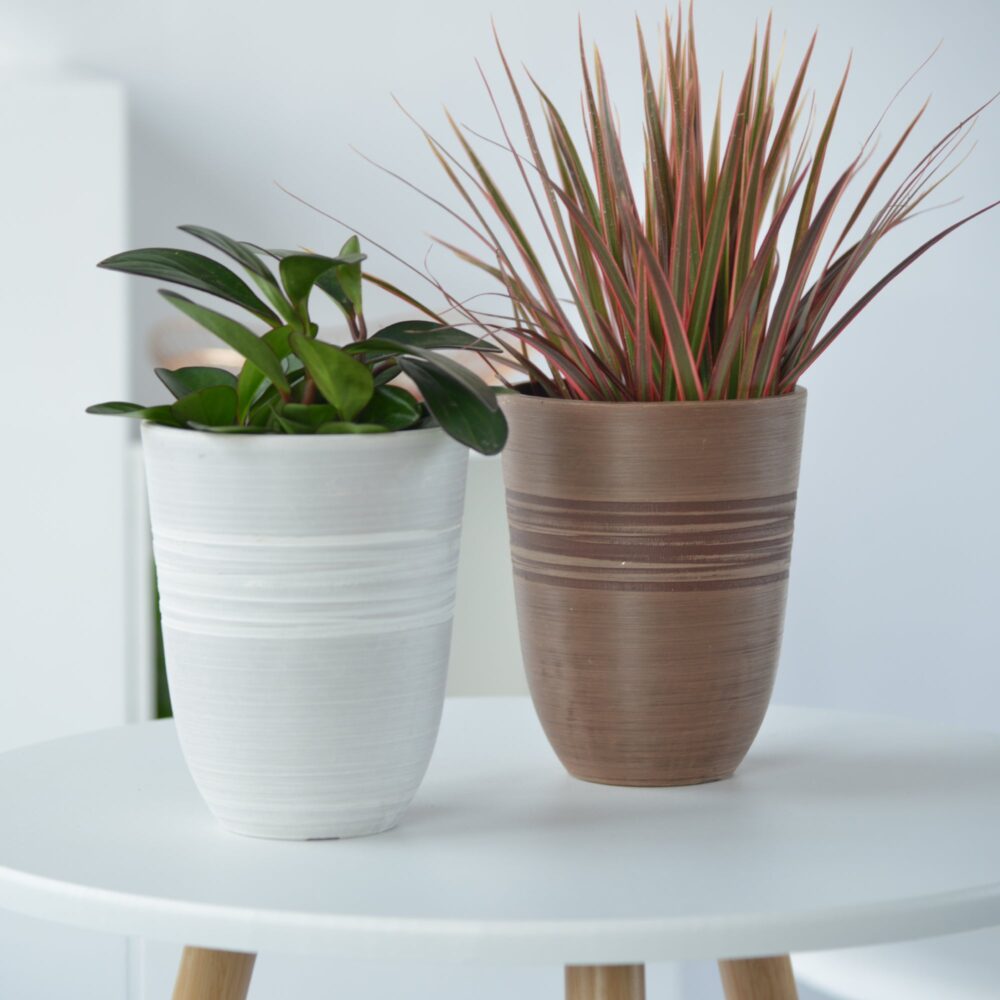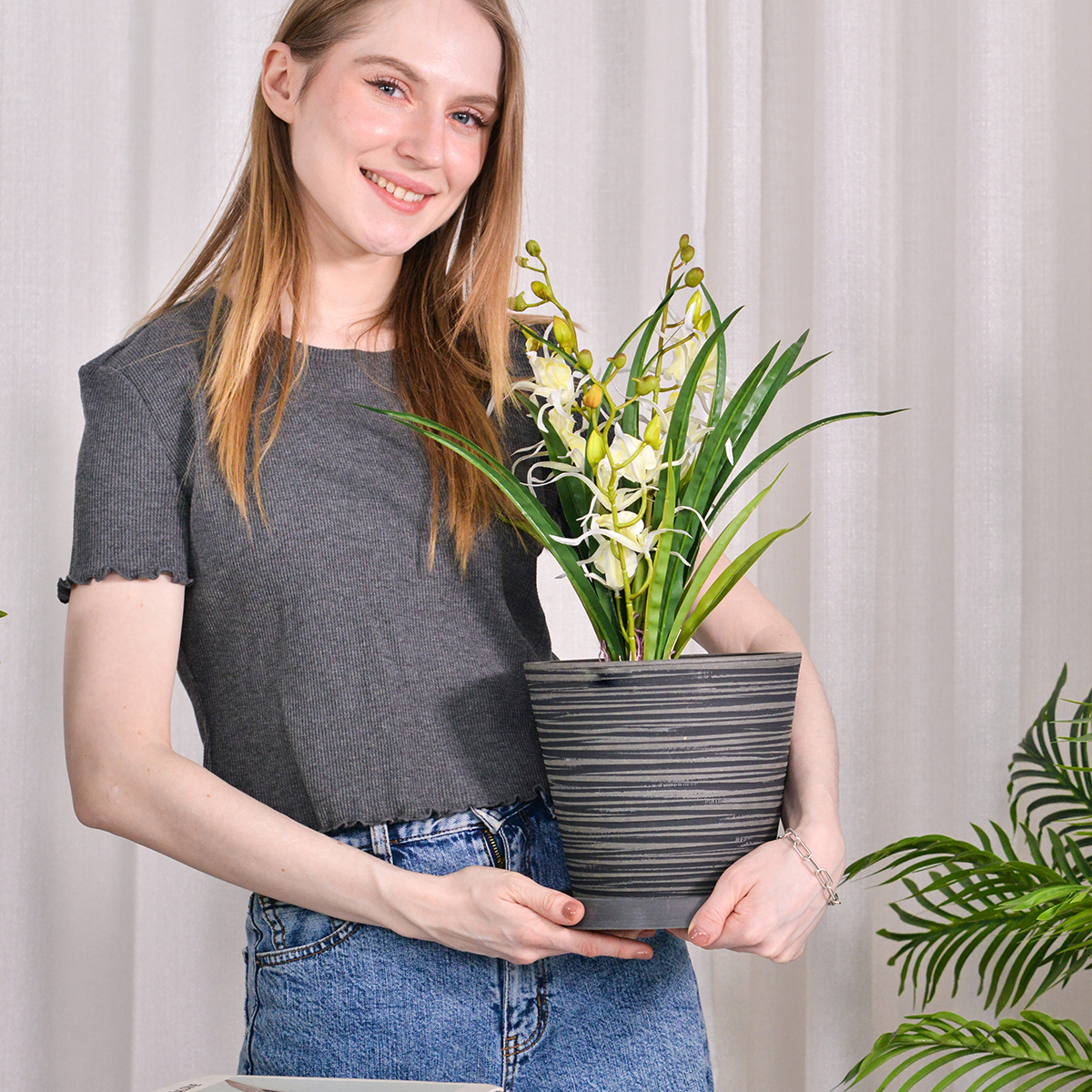Unleash Your Peace Lily’s Beauty: The Starch Treatment Everyone’s Talking About
Peace Lilies ( Spathiphyllum ) are beloved houseplants known for their elegant white blooms and lush green foliage. If you’re on a quest for a thriving Peace Lily with large, glossy leaves and abundant flowers, you might have stumbled upon a surprising new trend: using starch as a nutrient treatment. One enthusiastic gardener swears by it, claiming it works wonders for their plants. Let’s dive into this intriguing method and explore how to best care for your Peace Lily.
This particular gardener starts by showcasing their beautiful Peace Lilies, boasting large, deep green, and glossy leaves, indicating overall health and vibrancy. They attribute this success to a special nutrient treatment using a common kitchen ingredient: starch. They’ve experimented with applying this treatment to different pots and observed particularly impressive development in larger pots, with bigger leaves, stronger plants, and new shoots emerging from all sides. Their key ingredient? Potato starch, though they mention cornstarch might also work (though untested by them). They apply this treatment monthly and are eager to share the details.
The Starch Treatment: How to Apply It to Your Peace Lily
According to this gardener’s method, here are a couple of ways to apply the starch treatment to your Peace Lily:
Method 1: Dry Application
- Determine the correct dosage: For a 2-liter (approximately 2-quart) pot, evenly sprinkle one teaspoon of potato starch onto the soil surface. Avoid mixing it with water immediately.
- Gently mix into the soil: After applying the starch, gently mix it into the top layer of the soil.
- Water with room-temperature, dechlorinated water: This will help the starch integrate with the soil and be effectively absorbed by the roots.
Method 2: Dissolved Application
- Dissolve one tablespoon of potato starch in one liter (approximately 1 quart) of room-temperature, dechlorinated water. Stir well to ensure the starch is fully dissolved.
- Use this mixture to water your Peace Lily. However, make sure the soil is already slightly moist before applying – never pour it directly onto completely dry soil.
Important Note: While this gardener has observed positive results with starch, it’s worth noting that scientific evidence directly supporting starch as a primary nutrient source for plants is limited. Plants primarily produce their own carbohydrates (sugars) through photosynthesis. The observed benefits might be indirect or related to other factors in the gardener’s overall care routine.
Peace Lily Care: Beyond the Starch
Regardless of whether you choose to try the starch treatment, providing proper overall care is essential for a thriving Peace Lily. Here are some crucial tips:
1. Humidity is Key:
The glossy sheen on Peace Lily leaves is often an indication of adequate humidity levels. If the plant doesn’t receive enough moisture in the air, the leaf edges may dry out and turn brown. You can increase humidity by:
- Regularly misting the leaves with room-temperature, dechlorinated water.
- Placing the pot on a pebble tray filled with water (making sure the bottom of the pot isn’t sitting directly in the water).
- Using a humidifier in the room.
- Grouping your Peace Lily with other humidity-loving plants.
2. Quality Soil Matters:
A well-draining potting mix is crucial for Peace Lilies. A peat-based mix is often recommended. The gardener in the original text mentions enhancing their peat mix with a cup of well-composted animal manure per 2-liter pot, providing a rich source of nutrients for root absorption.
3. Pot Size is Important:
Peace Lilies prefer to be slightly root-bound. If the pot is too large, the plant may focus on root development rather than foliage growth, potentially leading to issues like dry and brown leaf tips. Repot only when the plant has clearly outgrown its current container.
4. Ideal Location:
Peace Lilies thrive in bright, indirect light. Avoid placing them in direct sunlight, which can scorch their leaves. The gardener mentions keeping their Peace Lilies in the kitchen due to the naturally higher humidity levels. If yours is in a living room, regular misting becomes even more important.
5. Regular Watering and Misting:
Peace Lilies enjoy consistent moisture but are sensitive to overwatering, which can lead to root rot. Water thoroughly when the top inch of soil feels dry to the touch, and1 ensure the pot has good drainage. The gardener mentions “bathing” their plants every 10 days, which likely refers to a thorough watering, and misting the leaves weekly.
6. Avoid Placing Near Heat Sources:
Placing your Peace Lily near radiators or heating vents can dry out the plant quickly and lead to leaf damage.
Exploring Other Plant Nutrient Options
While the starch treatment is an interesting approach, providing your Peace Lily with a balanced liquid fertilizer formulated for houseplants every 4-6 weeks during the growing season (spring and summer)2 can ensure it receives all the essential macronutrients (nitrogen, phosphorus, potassium) it needs for healthy growth and blooming.
In Conclusion:
The idea of using starch to boost Peace Lily growth is certainly generating buzz among plant enthusiasts. While the scientific evidence for its direct nutritional benefits might be limited, the positive observations shared by some gardeners are intriguing. Whether you decide to try this method or stick to traditional Peace Lily care practices, remember that providing the right light, water, humidity, and nutrients are the cornerstones of a happy and thriving plant. We hope this guide provides you with valuable information to help you better care for your Peace Lily!
Modern Plant Pots丨Planter for Indoor Plants,8 inch or 10 inch Plant Pots with Drainage Hole,Decorative Flower Pots
By greenship-seo|2025-04-10T08:32:55+00:00January 7, 2025|Categories: Hand-carving Series|Tags: Decorative Flower Pots, Self-Watering Pots|
Planter for Indoor Outdoor Plants, Set of 2 Modern Decorative Plant Pots with Drainage Hole, Decorative Flower Pots
By greenship-seo|2025-04-10T07:46:01+00:00January 9, 2025|Categories: Hand-carving Series|Tags: Decorative Flower Pots, Self-Watering Pots|
Plant Pots 6 inch 8 inch 10 inch for Indoor Plants, Set of 3 Modern Decorative Planter ts with Drainage Hole, Decorative Flower Pots
By greenship-seo|2025-04-10T06:39:28+00:00January 14, 2025|Categories: Hand-carving Series|Tags: Decorative Flower Pots|
HS
By greenship|2024-08-13T06:45:17+00:00August 13, 2024|Categories: Hand-carving Series|
K2-11T
By greenship|2024-08-13T04:21:25+00:00August 13, 2024|Categories: Hand-carving Series|
k2-21G
By greenship|2024-08-13T06:17:26+00:00August 13, 2024|Categories: Hand-carving Series|








